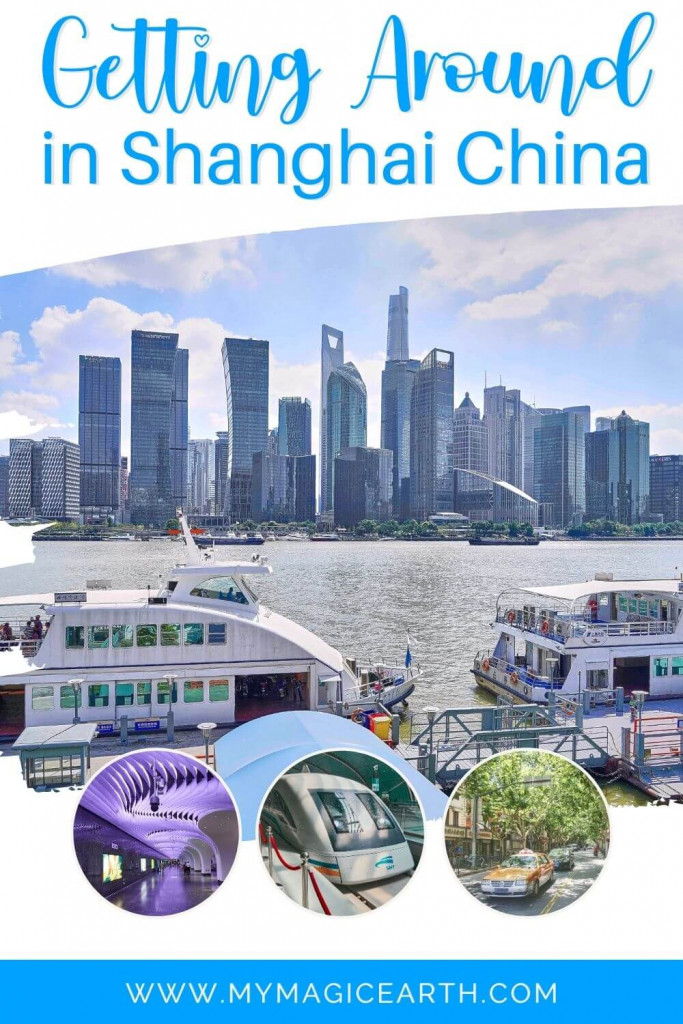Getting around Shanghai used to be a bit of a challenge back when I called the city home. Trolleybuses, regular buses, and ferries were the primary modes of transport, but they weren’t the fastest or most efficient. Many residents relied on bicycles to zip around quickly, as public transit could be time-consuming. Taxis were a luxury, given their higher cost compared to the typical living standards.
Fast forward to today, and getting around Shanghai is a breeze. The city has a well-developed transportation network that includes 20 metro lines, over 1400 buses, the Maglev Train, taxis, ferries, elevated pedestrian paths, elevated highways, tunnels, and bridges, covering an extensive 6,340 km². Whether you’re a local or a visitor, there are numerous efficient transportation options to take you anywhere you need to go in Shanghai.
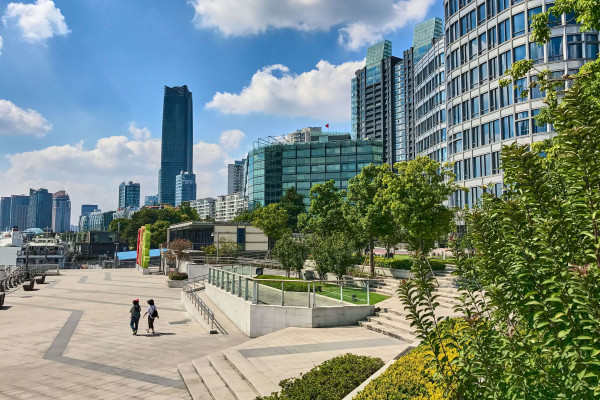
- Metro lines
- Buses
- Sightseeing bus
- On foot
- Huangpu River cruise
- Huangpu river ferry
- Trolley Buses and Trams
- Taxis
- Bicycle
- Maglev
Metro lines
The metro is the most convenient means of transportation for getting around Shanghai. Unaffected by ground traffic, it provides a swift and economical way to travel across the city. With an extensive network, the metro efficiently connects to major attractions and hotels. Navigating the subway is straightforward for tourists, with clear signs, maps, and station announcements in both Chinese and English. Operating from 5 a.m. to 11 p.m., the metro’s hours may vary for different lines. Tickets can be purchased from the ticket office or vending machines within metro stations. For further details, refer to the official website of the Shanghai Metro.
Simply swipe your ticket to enter the metro station. Remember to keep your electronic ticket as you’ll need to insert it into the exit barrier when you leave. However, be aware that the metros can be very crowded during rush hours.
Some of the busy lines are:
- L1: to the Shanghai Railway Station
- L2: to Shanghai Pudong International Airport
- L4: a circular line
- L3: to South Railway Station
- L11: to Disneyland Park, the longest route with 81 kilometers
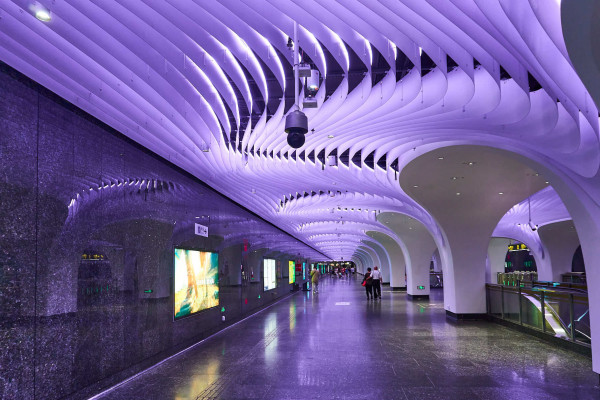
Buses
Buses offer the most economical transportation in Shanghai, but newcomers might find boarding a bus a bit challenging. Unlike the metro, not all buses in Shanghai provide English translations. Downtown lines announce stops in Mandarin, Shanghai dialect, and English, while others only announce stations in Mandarin and Shanghai dialect.
With approximately 1400 bus routes operated by various companies covering the city center and suburbs, there are daytime, rush-hour, and night buses. Conveniently, buses are available near each metro station, with a base rate of 1 or 2 yuan.
Consider getting a Public Transportation Card if you plan to use buses, as it’s valid for taxis, buses, tourist buses, long-distance buses, metro lines, maglev trains, and ferries. There’s a ticket machine on each bus at the entrance for card swiping, and the fee is automatically deducted. Alternatively, have small coins or banknotes ready to pay the bus driver.
Keep in mind that some bus lines charge passengers by distance, requiring cash payment onboard. If you need help identifying the right bus number for your destination, don’t hesitate to ask for assistance at your hotel.
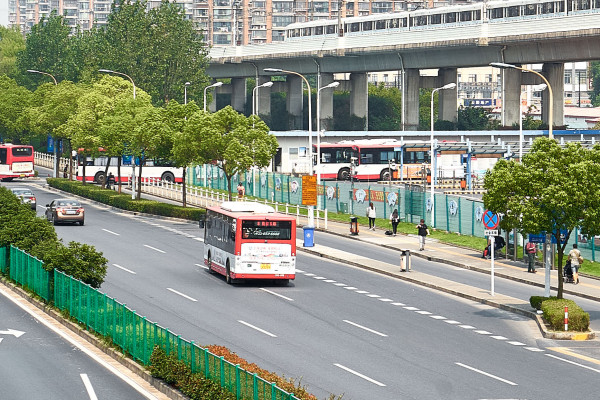
Sightseeing bus
The Shanghai sightseeing bus comes highly recommended for travellers seeking a one or two-day city tour. It’s also an excellent choice for those with a few hours layover in the city, providing the opportunity to enjoy a brief visit. The sightseeing bus offers various options, including the Huangpu River Cruise.
On foot
Wandering through the cityscape of Shanghai is a truly awe-inspiring experience. One of my preferred methods of exploring the city is by strolling through its various neighbourhoods. Some of the most appealing areas for a leisurely walk include:
- The tree-lined streets in the Former French Concession
- The Huangpu riverside promenade
- The arts and crafts shops in Tian Zi Fang
- The People’s Park with its famous marriage corner
- The Neo-gothic St. Ignatius Cathedral in Xiujiahui and its nearby Xujiahui park
These neighbourhoods boast well-maintained sidewalks, pedestrian paths, and numerous pedestrian zones where restaurants, shops, and residential areas coexist. Exploring Shanghai on foot is undoubtedly the best way to immerse oneself in the local culture.
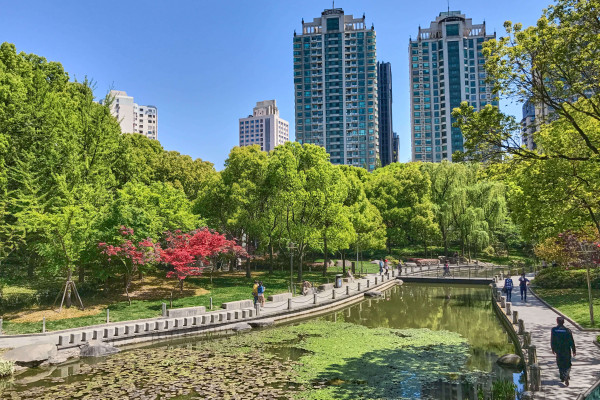
Huangpu River cruise
The 50-minute Huangpu River cruise offers a leisurely way to appreciate the panoramic beauty of Shanghai, encompassing the iconic international buildings along the Bund and the awe-inspiring skyscrapers of Lujiazui on the eastern bank. The river cruise commences from one of the three piers:
- Shiliupu Wharf (十六铺码头), B1 floor, No.481, Zhongshan East Second Road, Huangpu District, Shanghai (上海市黄浦区中山东二路531号B1层 十六铺码头1区)
- Shiliupu Wharf (十六铺码头), B1 Floor, No.551, Zhongshan East Second Road, Huangpu District, Shanghai (上海市黄浦区中山东二路551号B1层 十六铺码头2区)
- Qinghuangdao Road Wharf (秦皇岛码头), No.32 Qinghuangdao Road, Yangpu District, Shanghai (上海杨浦区秦皇岛路32号 秦皇岛码头)
Tickets for both day and evening cruises are available for purchase directly at the piers.
Huangpu river ferry
The Huangpu River running through Shanghai divides the city into two. The three islands that belong to Shanghai, Chongming, Changxing, and Hengsha, are separated from the city area by the river. Therefore, ferries play a significant role in daily life. You would not imagine that a ferry operation in Shanghai already has a hundred-year of history. Today, because of convenience and low prices, ferries are still popular choices for pedestrians and cyclists.
The Huangpu River, weaving through the heart of Shanghai, acts as a natural boundary, splitting the city into two distinct parts. The three islands under Shanghai’s jurisdiction—Chongming, Changxing, and Hengsha—are situated on the other side of the river. As a result, ferries play a crucial role in the daily life of locals. It may surprise you to know that ferry operations in Shanghai already has a century-long history. Even today, owing to their convenience and affordability, ferries remain a popular choice for pedestrians and cyclists.
On this ferry website, you’ll discover comprehensive route details, complete with maps and schedules.
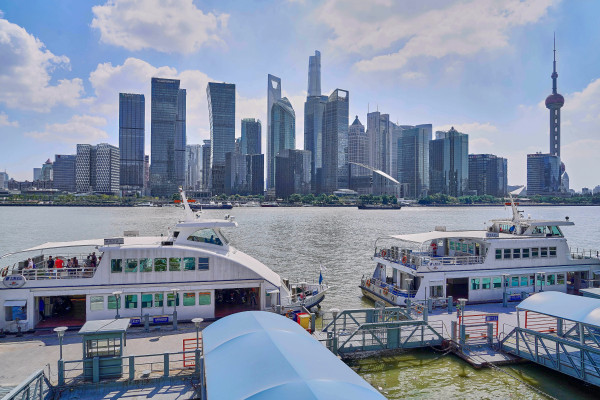
Trolleybuses and Trams
The inaugural tram line in Shanghai began operations in 1908, covering a distance of six kilometers from Jing’an Temple to the Bund. Nevertheless, starting from the 1970s, trams underwent a gradual replacement by trolleybuses.
In a surprising turn, after more than half a century, new tram lines emerged in both Songjiang and Zhangjiang districts with modern technology and a futuristic appearance. These additions successfully addressed gaps in the local public transportation network.
Shanghai’s trolleybus history began on November 14, 1914, with the launch of the first trolleybus route from Fujian Zhong Lu (福建中路) to Beijing Dong Lu (北京东路), spanning approximately one kilometer. This marked Shanghai as the first Chinese city to implement a trolleybus system.
Today, the Shanghai Trolleybus system stands as the world’s oldest continually operating trolley bus system. Trolleybuses, identifiable by line numbers under 30, primarily navigate the downtown area.
Both trams and trolleybuses seamlessly integrate into Shanghai’s public transportation network, offering affordable ticket prices starting at 1 or 2 CNY.
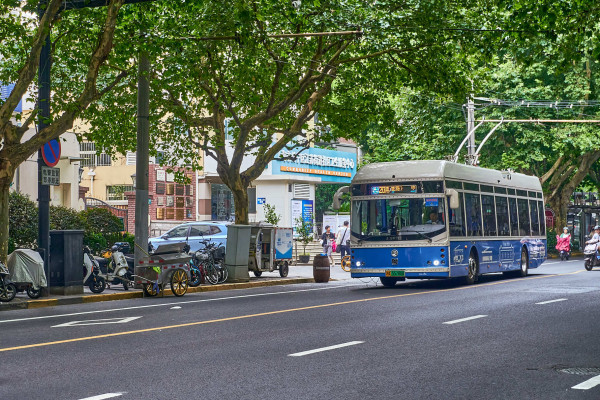
Taxis
Taxis abound in Shanghai, with the majority of taxi drivers known for their honesty. While newer drivers may have limited experience upon arriving in the city, for optimal service and comfort, consider opting for reputable taxi companies such as:
- The turquoise blue taxis of Da Zhong (大众) Taxi (tel. 800/6200-1688 or 021/6258-1688)
- The yellow taxis of Qiang Sheng( 强生) Taxi (tel. 021/6258-0000)
- And the blue taxis of Jin Jiang (锦江) Taxi (tel. 021/6275-8800)
Ensure you board a licensed taxi for a hassle-free journey. Licensed taxis feature a logo on the car’s roof, a transparent shield separating the driver and passenger, a meter, and an illuminated vacancy disk on the dashboard. There’s an initial price for the first three kilometres, with incremental increases for each additional kilometre. Rates are slightly higher between 11 p.m. and 5 a.m.
It can be almost impossible to find a taxi during rush hours or when it rains. Nowadays, many locals use Apps to reserve a Taxi. A lot of empty taxis are just on the way to pick up those guests. You can ask your hotel reception to get a Taxi for you. In general, outside of rush hour, taxis are readily available and an inexpensive option.
Securing a taxi can be a daunting task during peak hours or inclement weather. Today, numerous locals rely on apps to pre-book taxis, ensuring a more convenient and timely transportation experience. Hotels can assist in arranging taxis, and outside of peak hours, taxis are generally readily available and offer a cost-effective transportation option.
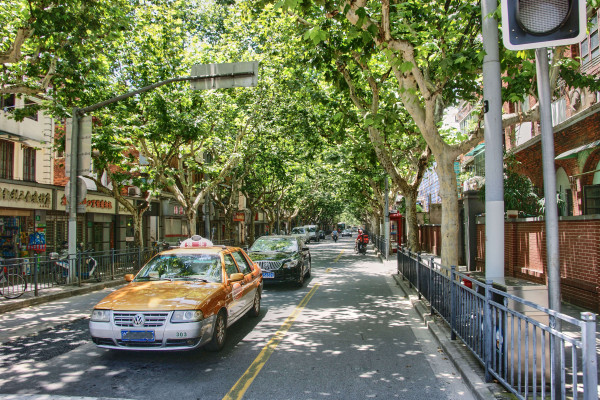
Bicycle
Bicycles serve as convenient means of exploring various sites in Shanghai, thanks to dedicated cycle lanes integrated into the city’s roads. Bike-sharing has been a popular option for years, allowing users to unlock and lock bikes with a simple scan.
For travelers, the challenge lies in payment methods like Alipay or WeChat, which necessitate a mobile phone and a Chinese bank account. Obtaining a temporary mobile number is relatively easy, but acquiring a bank account can be more difficult.
The positive news is that online bike rental services provide an alternative. Unlike basic bikes from sharing services, China Cycle Tours (located at Huaihai Zhong Lu 358, no. 52, tel. 0/1376-111-5050) offers well-equipped, high-quality bikes for rent.
Alternatively, consider participating in an organized bike tour. Tours like the 3-hour biking and local food tour or the half-day old Shanghai small group bike tour (day & night) provide guided experiences to explore Shanghai on two wheels.
Maglev
Launched on January 1, 2004, the Shanghai Maglev is the world’s first commercial maglev, providing a fast and convenient connection between Pudong International Airport and Longyang Rd. Station near Century Park. Covering a distance of 30 km in just 7 minutes and 20 seconds, the maglev reaches a maximum speed of 441 km per hour.
For most international visitors arriving at Shanghai Pudong International Airport (PVG) on the city’s eastern edge, approximately 47 km northeast of the city centre, transportation options typically include a taxi or the efficient Shanghai Maglev train into downtown.
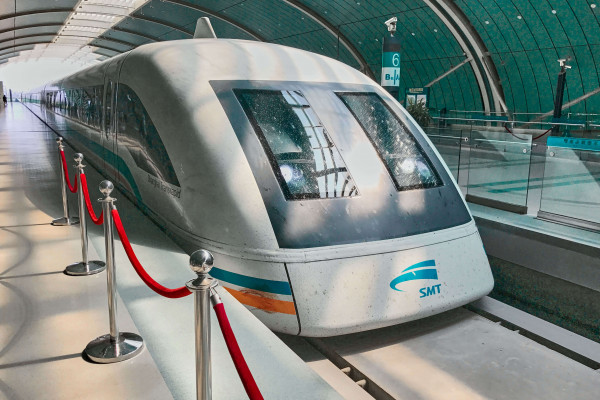
Utilize the means of transportation and getting around in Shanghai
To make the most of your travel time, it’s essential to weigh the pros and cons of different transportation options. Here are my suggestions based on experience:
- Take Maglev and/or metro to and from Shanghai Pudong International Airport
- Opt for a sightseeing bus or a tour if you have only half a day or one day available.
- Use buses, trams, trolleybuses, and the metro to visit major sights.
- When venturing outside the city center, such as to one of the water towns, combine the metro with local buses or taxis.
- Allocate time to explore the city on foot or by bicycle during a more leisurely stay.
- In a hurry? Hail a taxi for quick and convenient transportation.
- For those planning to live, work, or study in Shanghai, consider utilizing the bike-sharing service, especially if you have Alipay or WeChat payment options available.
